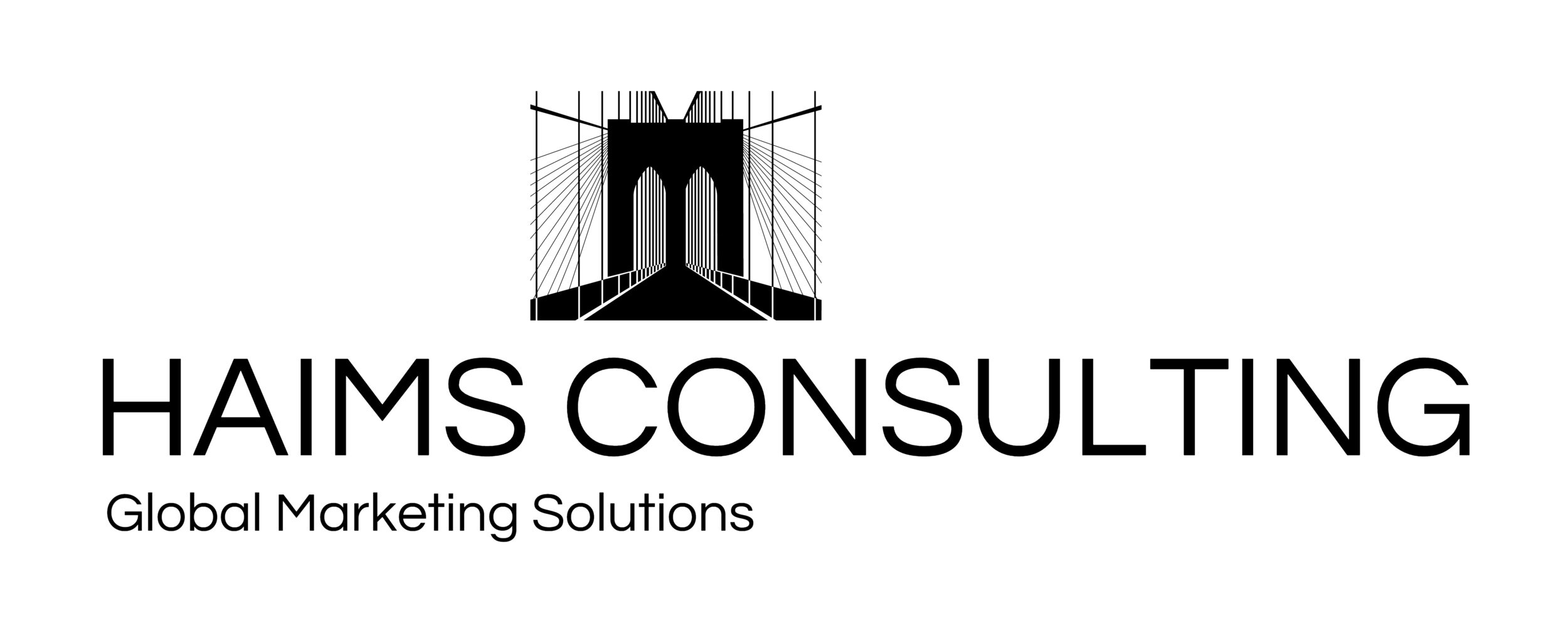Speaking Your Clients Language
Congratulations! You have a new client. You are a subject matter expert in the client's industry, you have the most current style guide and even a comprehensive glossary. But do you speak their language?
Globalization has plenty of unique challenges. We work with people who speak different native languages and come from different cultures. The clients have specific terminology that is their's alone. It is developed over time and your successful partnership relies on understanding it.
Here are some tips for speaking the language of the client:
Common phrases: Your client probably uses the same phrases repeatedly in conversation. These terms could refer to types of meetings or events: such as "kick-off," "post-mortem,"or "creative brief." Do you know what happens in these meetings? It's a great idea to ask. Also, do they often refer to the phases of a project? It would be great to know what a typical project lifecycle looks like. There can also be special names for processes and internal tools. Often companies have unique names for their tools and even their conference rooms.
My favorite misunderstood term with process is "agile." Is this the project management system they use or are they just saying they like to be flexible?
Deliverables: These can be project deliverables which are outcomes specific to a project or physical assets for marketing collateral. For example, how does your client refer to their website vs. their digital store environment? Are sections of the website referred to differently? How are printed materials referred to for retail environments?
Do not translate: This may not be captured in the glossary. There are often words and phrases that should never be translated. These could be product names or features.
I recommend that you never assume that you understand what the client is referring to. If you are not 100% sure, ask! Create your own glossary for commonly used terminology. Request the client review it just to make sure you are on the same page.
When I was tasked with producing a style guide for Women in Localization, my teammates and I thought of all the frequently asked questions we get from our chapters and partners. We used terminology for our event materials. Even with this visual tool, I still find that it's a really good idea to make sure that we are talking about the same thing or the outcome may not be what we visualized.
In business, we move extremely quickly. Our reference guides may be out of date as soon as they are published and new scenarios pop up every day. By truly understanding what your client is actually saying and communicating that terminology to your teams will give you a huge advantage and maintain your relationship for years to come.
